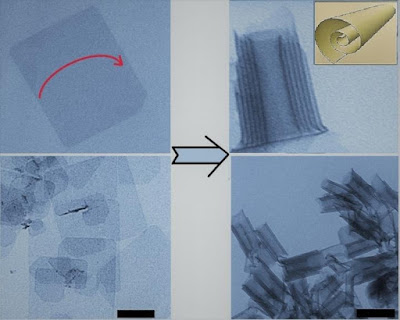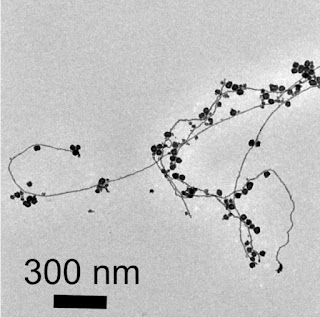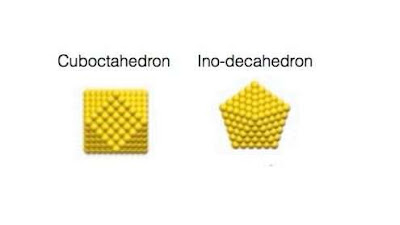
Two-Dimensional Cadmium Telluride Naturally Folds into Nanoscrolls "We examined 2D cadmium telluride CdTe and found a surprising impact of unconstrained collapsing of its ultrathin (just 1 nm) sheets that are additionally called colloidal quantum wells," said Roman Vasiliev, a co-creator of the examination, PhD of Chemical Sciences, and Associate Professor of the Faculty of Chemistry and the Faculty of Materials Science, MSU. Full Story: Colloidal quantum wells are the most recent age of colloidal quantum specks. Quantum spots are perceived by their luminescent properties and are utilized as a part of business contraptions, for example, TV sets. Quantum wells, a 2D sort of quantum dabs, are being investigated today, however they have extremely limit radiance groups, which is indispensable for splendid shading rendering in light-radiating gadgets. The group analyzed the properties of 2D sheets of cadmium telluride by trading natural particles appended to their ...

